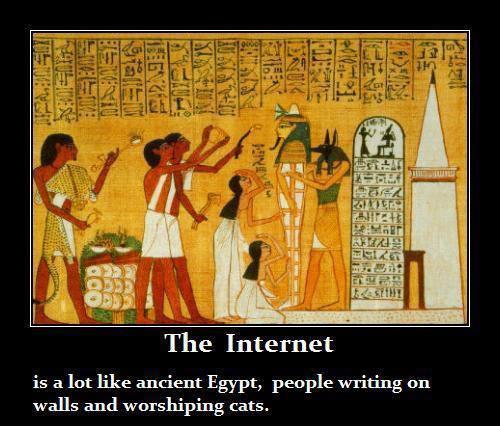And by that I mean Mexico! I was thrilled to see this recent opinion piece in the New York times on The Tijuana Connection, a Template for Growth that said, for many (North) American manufacturers that need to beat Chinese Rivals that Mexico is the New China because it shows that a new generation of entrepreneurs are discovering what a few old greybeards have known all along — Mexico is cheap, efficient, and full of potential (like the 115,000 engineering students it graduates each year, which, per capita, is triple the U.S. graduate count).
Plus, it has little known secrets like Tijuana which, in addition to its reputation of party central is also electronics central — with a growing number of North American, European and Asian (including Sony and Samsung) companies opening and running factories that assemble consumer goods (such as TVs and Computers), medical devices, and even aerospace assemblies. And its prime location, just across the border from San Diego, means that an American company with an engineering office in San Diego can quickly and easily supervise production in the Mexican factory as needed, as it’s a quick drive across the border (for business people in the fast-track lane). (Plus, as the article notes, there is Juárez where Foxconn has a factory; Querétaro, which builds GM engines; and Boeing factories.)
But the sad thing is that the beardless don’t remember that this is not a new Mexico — this is the old Mexico finally being recognized for the value it has always provided. There’s a reason the outsourced manufacturing craze started with Mexico and will return to Mexico — labour costs are relatively cheap, capability is high, logistics and (remote) management costs are extremely affordable and manageable, English is relatively common (and fluency is at least 7 times that of China), and culture is a close fit.
Si quieres dinero y fama, que no te agarre el sol en la cama.

